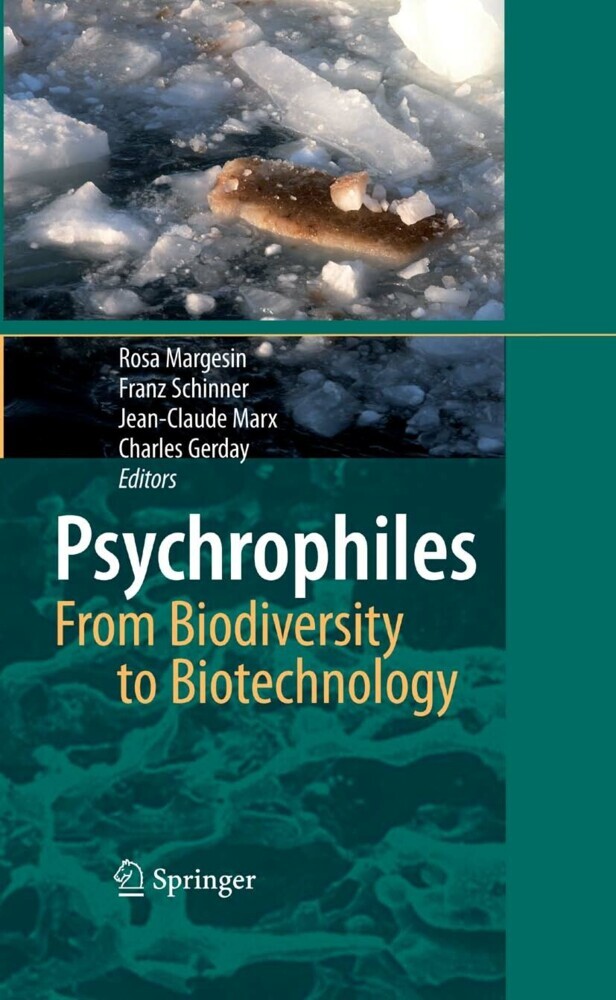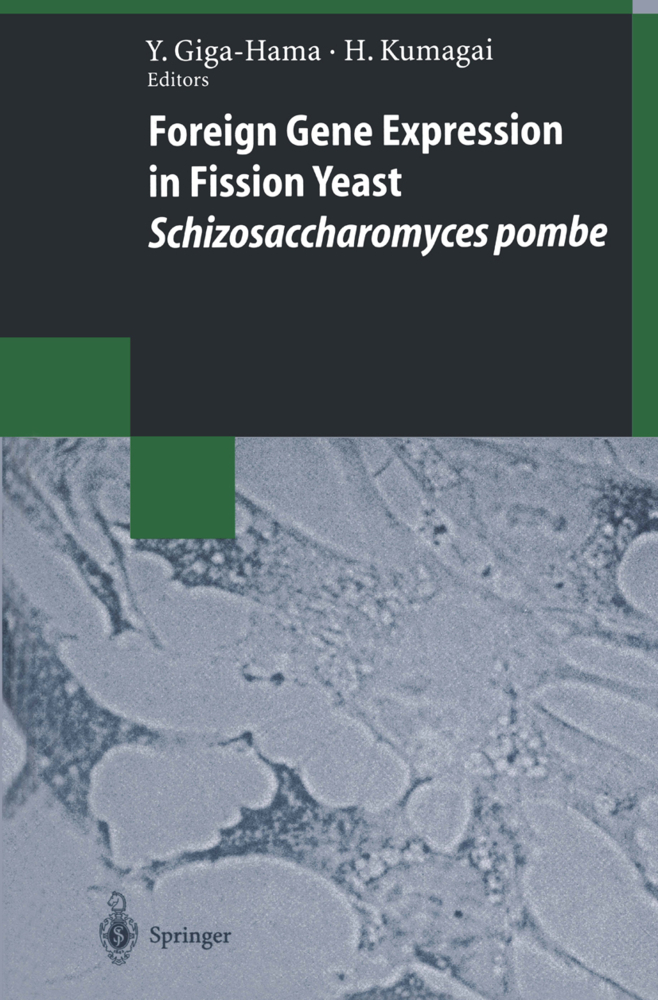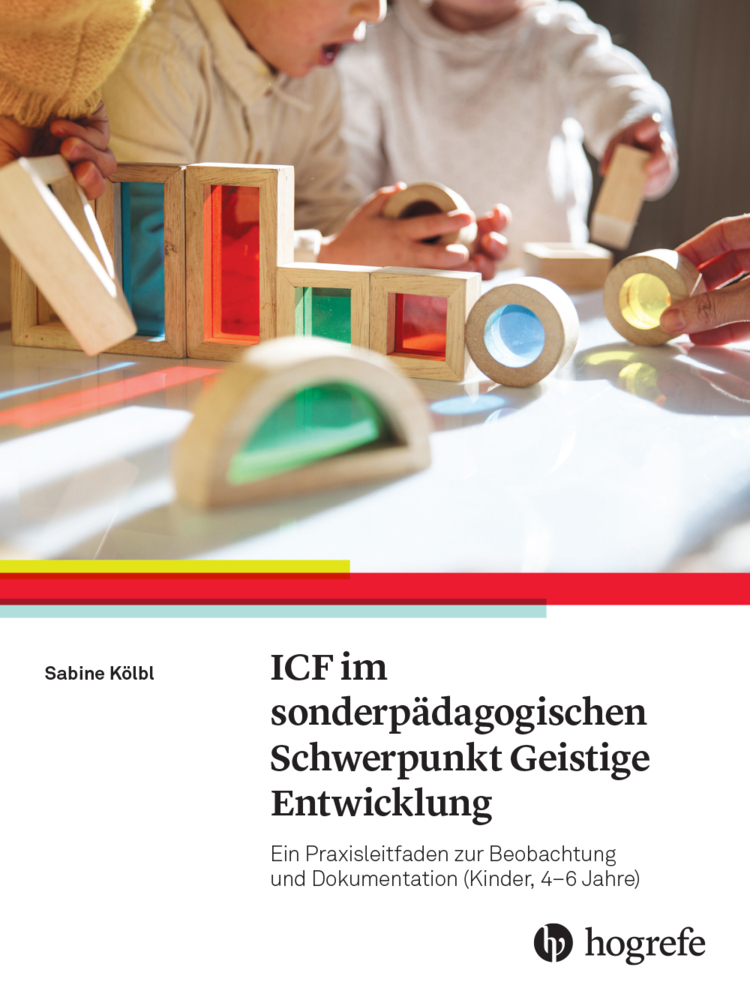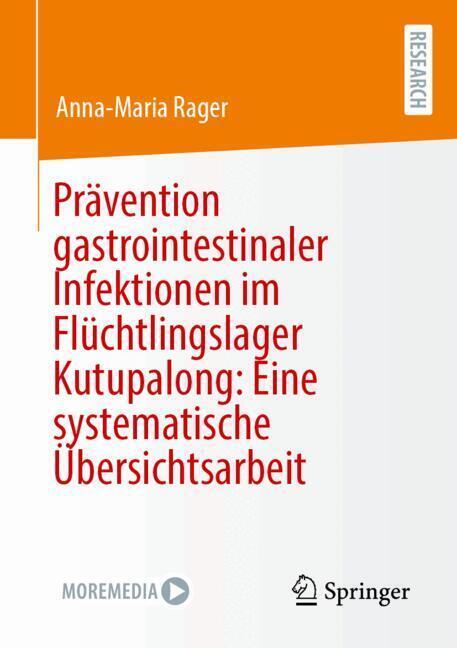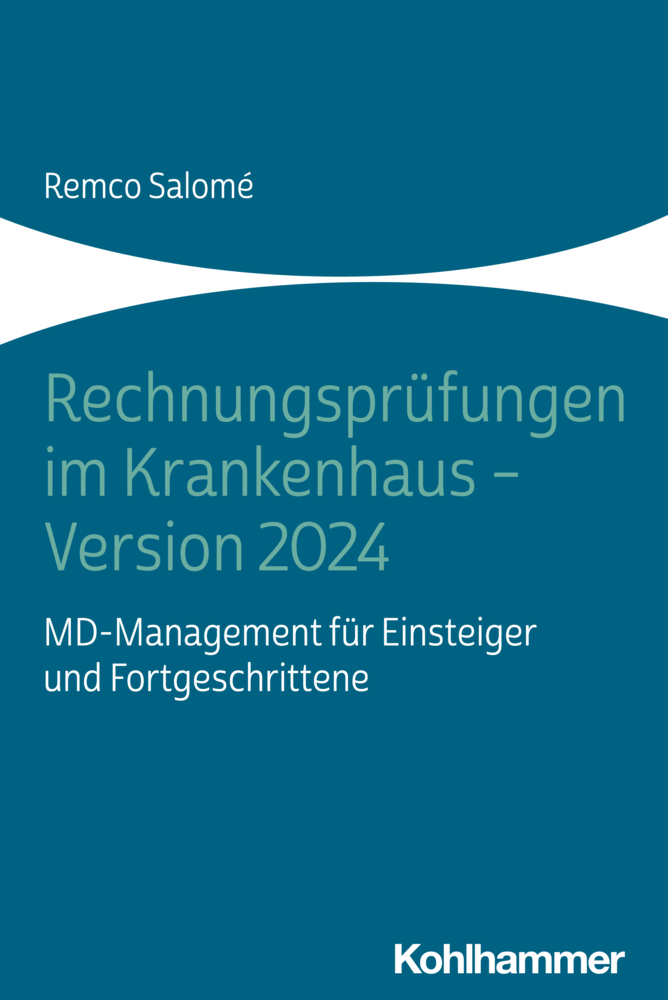Psychrophiles: From Biodiversity to Biotechnology
From Biodiversity to Biotechnology
Cold adaptation includes a complex range of structural and functional adaptations at the level of all cellular constituents, and these adaptations render cold-adapted organisms particularly useful for biotechnological applications. This book presents the most recent knowledge of (i) boundary conditions for microbial life in the cold, (ii) microbial diversity in various cold ecosystems, (iii) molecular cold adaptation mechanisms and (iv) the resulting biotechnological perspectives.
1;Preface;5 2;Contents;7 3;Contributors;10 4;Boundary Conditions for Microbial Life at Low Temperatures;15 4.1;The Climate of Snow and Ice as Boundary Condition for Microbial Life;16 4.1.1;1.1 The source of energy: solar radiation;16 4.1.2;1.2 Distribution of energy: the energy balance of snow and ice;18 4.1.3;1.3 Air temperature: effects of altitude and latitude;19 4.1.4;1.4 Atmospheric humidity and precipitation;21 4.1.5;1.5 The cryosphere: a matrix for life;22 4.1.6;1.6 Liquid water in the cryosphere;24 4.1.7;1.7 Hot spots in the ice;26 4.1.8;1.8 Conclusions;27 4.1.9;References;27 4.2;Limits for Microbial Life at Subzero Temperatures;29 4.2.1;2.1 Introduction;29 4.2.2;2.2 Physical chemical effects of low temperatures;30 4.2.3;2.2.1 Liquid water;30 4.2.4;2.2.2 Reaction rates;32 4.2.5;2.2.3 Molecular stability;33 4.2.6;2.3 Activity of microorganisms at subzero temperatures;34 4.2.7;2.4 Conclusions;37 4.2.8;References;38 5;Microbial Diversity in Cold Ecosystems;41 5.1;Bacteria in Snow and Glacier Ice;42 5.1.1;3.1 Introduction;42 5.1.2;3.2 Characteristics of snow and glacier ice as microbial habitats;43 5.1.3;3.3 History of detection of microorganisms in glacier ice and snow;45 5.1.4;3.4 Trapped and dormant or actively metabolizing?;45 5.1.5;3.5 Methods for microbial analysis of snow and glacier ice 3.5.1 Sampling and decontamination methods;46 5.1.6;3.5.2 Methods for enumeration and morphological characterization;46 5.1.7;3.5.3 Culture independent methods;47 5.1.8;3.5.4 Cultivation methods;48 5.1.9;3.6 Diversity of bacteria in glacier ice;49 5.1.10;3.6.1 Morphological diversity and size of glacier ice bacteria;49 5.1.11;3.6.2 Bacterial diversity detected by culture independent methods;51 5.1.12;3.6.3 Recovery and characteristics of bacterial isolates from glacier ice;51 5.1.13;3.7 How different are bacteria in glacier ice and cryoconite holes?;53 5.1.14;3.8 Diversity of bacteria in snow;54 5.1.15;3.9 Novel bacterial isolates from glacier ice and snow;55 5.1.16;3.10 Functional diversity and microbial activity in glacier ice and snow;56 5.1.17;3.11 Conclusions;58 5.1.18;References;58 5.2;Bacteria in Subglacial Environments;62 5.2.1;4.1 Introduction;62 5.2.2;4.2 Liquid water in subglacial environments 4.2.1 Water and life;63 5.2.3;4.2.2 Liquid water in Arctic and Alpine subglacial environments;64 5.2.4;4.2.3 Discovery of subglacial water beneath Antarctica's ice sheets;64 5.2.5;4.2.4 Liquid water under the Greenland ice sheet;65 5.2.6;4.3 Subglacial lakes 4.3.1 Antarctic subglacial lakes;65 5.2.7;4.3.2 Subglacial Lake Vostok;66 5.2.8;4.3.3 Sampling Antarctic subglacial lakes;67 5.2.9;4.3.4 Subglacial caldera lakes;71 5.2.10;4.4 Adaptations, bioenergetics, and cosmopolitan genera in subglacial environments 4.4.1 Molecular adaptations for survival in icy environments;72 5.2.11;4.4.2 Resistance to high oxygen concentrations;73 5.2.12;4.4.3 Survival under oligotrophic conditions;73 5.2.13;4.4.4 Chemolithotrophy in subglacial environments;76 5.2.14;4.4.5 Do subglacial environments harbor endemic microbial species?;76 5.2.15;4.5 Conclusions;78 5.2.16;References;79 5.3;Bacteria in the Deep Sea: Psychropiezophiles;83 5.3.1;5.1 Introduction;83 5.3.2;5.2 The deep-sea psychropiezophiles;85 5.3.3;5.3 Taxonomy of the psychropiezophiles;85 5.3.4;5.3.1 The genus Shewanella;86 5.3.5;5.3.2 The genus Photobacterium;87 5.3.6;5.3.3 The genus Colwellia;87 5.3.7;5.3.4 The genus Moritella;88 5.3.8;5.3.5 The genus Psychromonas;88 5.3.9;5.4 The fatty acid composition of psychropiezophiles;89 5.3.10;5.5 Conclusions;90 5.3.11;References;90 5.4;Bacteria in Permafrost;93 5.4.1;6.1 Introduction;93 5.4.2;6.2 Soil cover;95 5.4.3;6.3 Permafrost;99 5.4.4;6.3.1 Bacterial biodiversity;99 5.4.5;6.3.2 Cyanobacteria;100 5.4.6;6.3.3 Anaerobic bacteria;103 5.4.7;6.3.4 Resistance of permafrost bacteria to antibiotics and heavy metals;105 5.4.8;6.3.5 Resistance of permafrost bacteria to radiation;106 5.4.9;6.3.6 Resistance of permafrost bacteria to freezing- thawing stres
Margesin, Rosa
Schinner, Franz
Marx, Jean-Claude
Gerday, Charles
| ISBN | 9783540743354 |
|---|---|
| Artikelnummer | 9783540743354 |
| Medientyp | E-Book - PDF |
| Auflage | 2. Aufl. |
| Copyrightjahr | 2007 |
| Verlag | Springer-Verlag |
| Umfang | 462 Seiten |
| Sprache | Englisch |
| Kopierschutz | Digitales Wasserzeichen |

